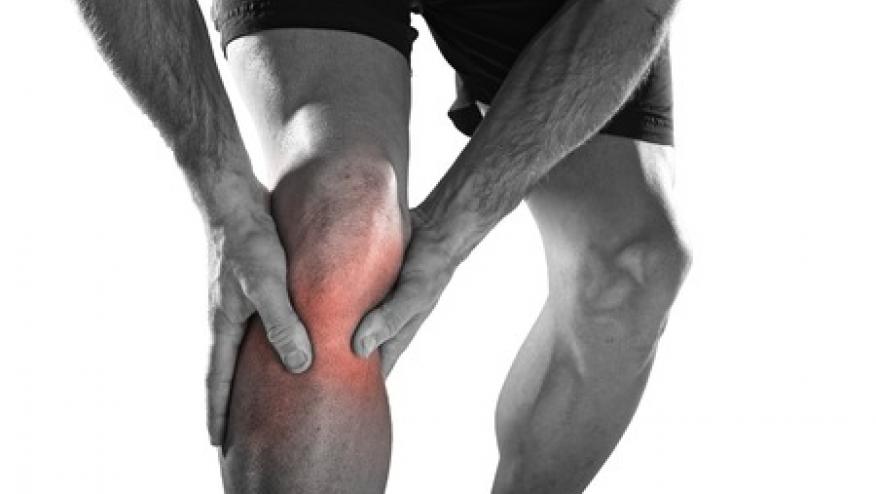Arthritis Pain and Education Gaps Linked Save

New research from The University of Texas at Arlington shows that differences in state welfare policies are linked to rising arthritis-related joint pain across much of the U.S.
The study, led by Feinuo Sun, UT Arlington assistant professor of kinesiology and the senior author of the paper in The Journal of Pain, investigated how state-level policies— including minimum wage laws, Medicaid coverage, other welfare programs and education levels—affect pain outcomes.
Arthritis pain has become more common over the last decade, now affecting an estimated 58.5 million Americans, according to the Centers for Disease Control and Prevention. Between 2011 and 2021, an additional 4.6 million people reported moderate to severe joint pain.
The study analyzed data from the Behavioral Risk Factor Surveillance System from 2011 to 2021, tracking arthritis-related pain over a full decade. This approach differs from previous research, which typically relied on cross-sectional data capturing only a single year.
Texas is among the states showing a significant increase in overall joint pain. Colorado saw the largest rise, with an average increase of 26.2%, followed by Hawaii, Nebraska, Kansas, North Dakota and Texas. Only four states—Montana, Wyoming, South Dakota and New York—showed a decreasing trend.
However, among the states with a significant increase in overall joint pain, Texas was the only one to see a decrease in the educational gap—meaning the difference in pain prevalence between adults with high and low education levels narrowed, Sun said.
“In Colorado, both the education gap and overall pain prevalence have risen, indicating that pain has been increasing most rapidly among adults with the lowest education levels,” she said. “In contrast, in Texas, the education gap narrowed while overall pain prevalence still increased, suggesting that the rise was primarily driven by growing pain prevalence among higher-educated adults.”
Identifying states with both rising pain prevalence and widening education gaps, Sun said, is a key takeaway from the study, as it highlights where interventions may be most needed.
Another important finding is the impact of Medicaid generosity in reducing both overall pain and disparities across education levels. The study found that states with more generous Medicaid programs not only have lower joint pain prevalence but also smaller education gaps in pain. The score for Medicaid generosity was measured across four dimensions: income eligibility, immigrant benefits, administrative burden and benefit levels.
“Medicaid generosity is a comprehensive measure of how accessible and beneficial the program is,” Sun said. “And we found that more generous Medicaid programs help reduce arthritis-related pain, particularly among adults with lower levels of education.”
Next steps for the research include exploring how individuals’ experiences with pain are influenced by changes in state-level policies, helping researchers better understand how geography and governance shape public health.
Journal
Journal of Pain









If you are a health practitioner, you may Login/Register to comment.
Due to the nature of these comment forums, only health practitioners are allowed to comment at this time.